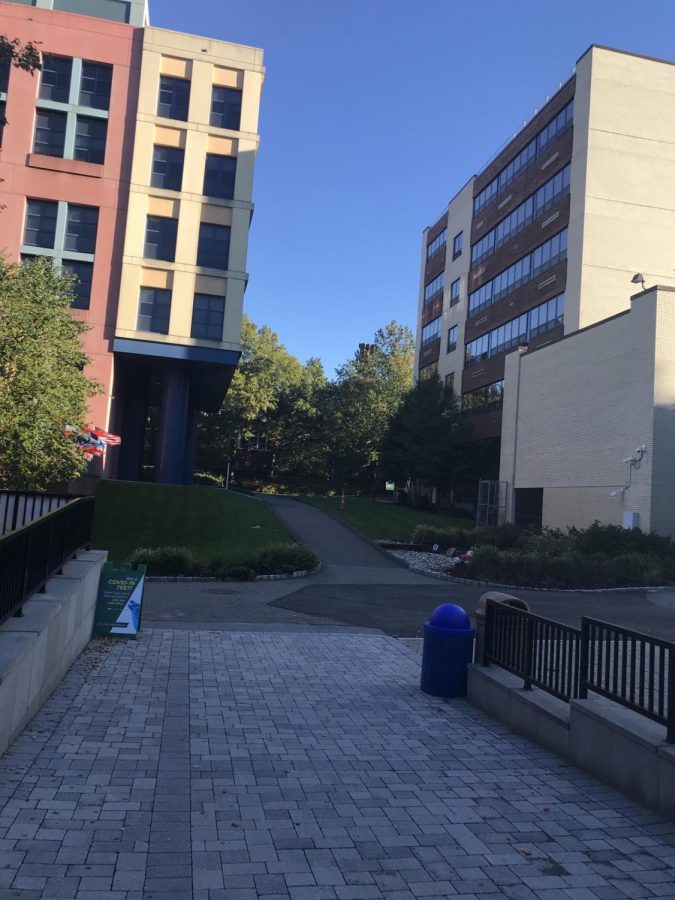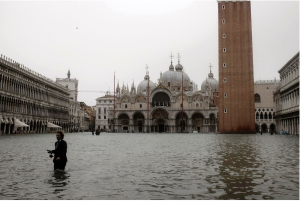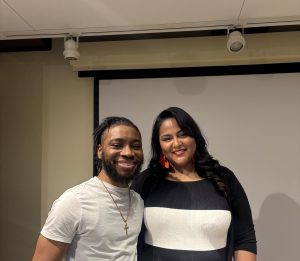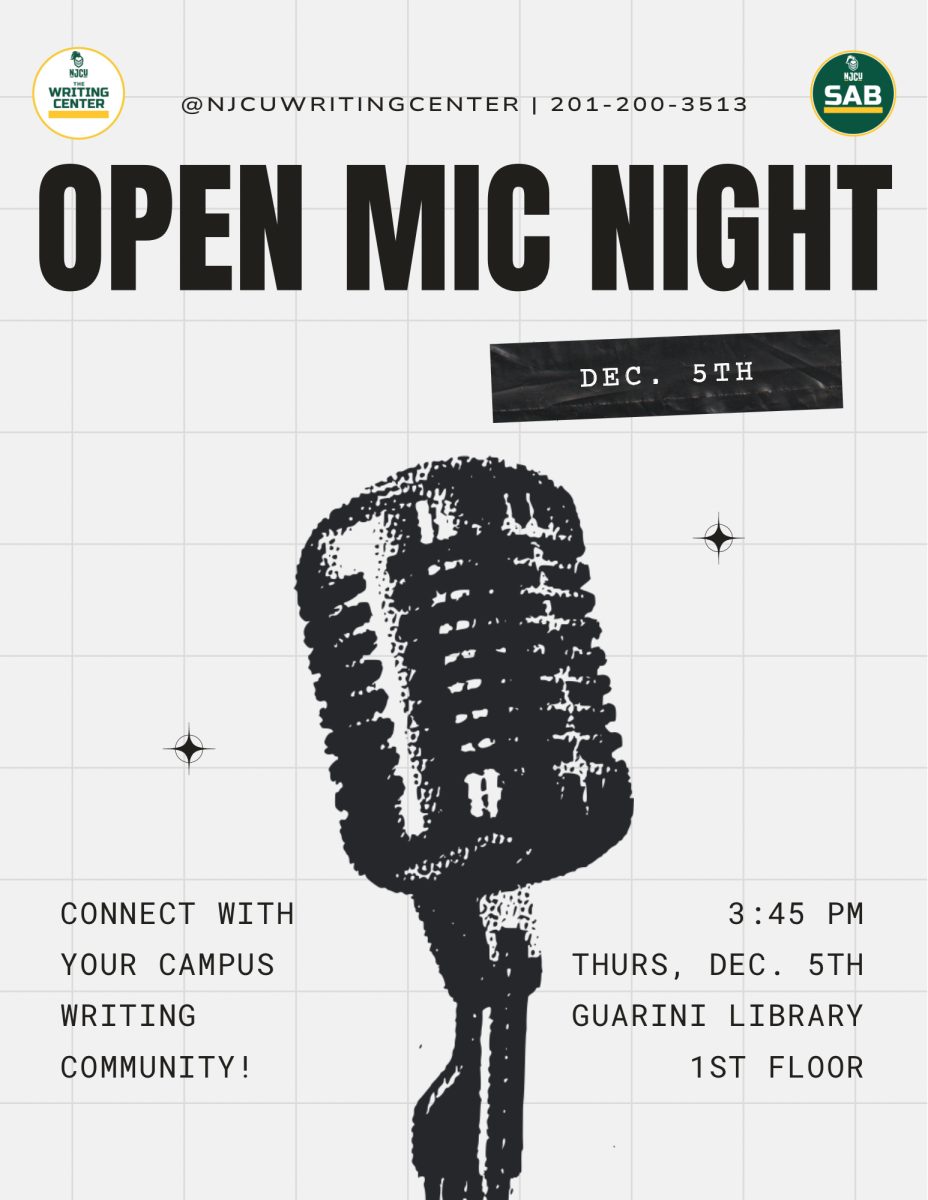An Active Campus Gone Dark
From a Lively University to an Empty “Ghost Town”
A view of the empty campus from the student union building looking towards Karnoutsos Hall.
November 12, 2020
There has been a drastic shift in not only the education universities across America are employing as of late but in the spirit of their grounds. The decentralization of NJCU as a result of COVID-19, is, in the simplest terms, unsettling.
Students see the campus itself has taken on a more frightening air. The distinct lack of life is impossible to ignore. The hollowness of the buildings isn’t just something to be accredited to the university being entirely online learning. It’s a sense of emptiness that reaches deep into every visitor that arrives on campus because of what the campus meant and still means.
We recognize something is wrong, there is no vibrance without a student body inhabiting the place. Alex Gerena, a cybersecurity graduate student, said visiting feels a bit more somber. “I’ve felt genuinely bummed out, passing through or driving by. The atmosphere of energy it used to have is gone. I miss seeing my friends and talking to the instructors most of all.”
Sophomore and history major Kevin Solorzano expresses sadness as campus life is flatlining: “I couldn’t imagine [a campus] once sprawling with striving hardworking students that I would pass by every day would end up a barren wasteland. It saddens me to think of the memories and opportunities I missed out on with meeting those students and my professors I see every day only through a virtual screen.”
Xylissa Fuentes, Sophomore and Media Arts major, also said the same. “Because of Covid-19, [the campus has] become dead. It’s become a ghost of itself in a matter of months.”
Still, others take this ordeal with more levity. “It’s definitely strange seeing how vacant everything is, but on the upside, the library is the quietest it’s ever been,” said English major and junior Jeffrey Starczewski.
In casual conversation with several students on campus, I noticed a recurring phrase. Call it frequency bias, but the words “ghost town” seem to be on the brains of many students.
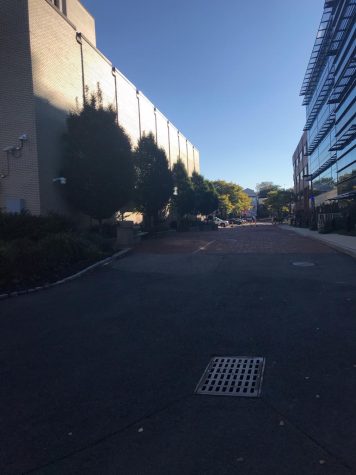
The story of Centralia, Pennsylvania came to mind loudly when I first noticed the pattern. In my eyes, it is the platonic ideal of the words ghost town. For the uninitiated who drive by it, Centralia is a casual oddity, its poor atmosphere just a product of its environment, but the smoke that seeps from the cracked asphalt and dirt all around this small town is a perfectly unnatural natural disaster.
Centralia is host to a long-lived coal-seam fire, an event in which a source of ignition burns coal in the ground for as long as the fuel will sustain it. The origin of the fire isn’t entirely known, predominant theories include the illegal burning of trash as well as intentional fire starting, and even that the fire of 1962 to our present is simply an extension of one that started in the ’30s and died down.
The invisible flame, a hard to grasp threat, has ravaged the underside of Centralia for decades now, with many speculating its burning will continue for decades more, and most likely outlive the meager number of residents that remain in the town.
However, this doesn’t quite answer the question of why I would compare an empty campus in Jersey City to a Pennsylvania town that was on fire. The essence of a ghost town boils down to three points: the story of why it’s empty, how its residents cope with the emptiness, and the future of the place to be filled with life again.
It doesn’t do anything to belabor the story of what took the campus away from its students and vice versa given current events. Like the unseen flames buried below, the coronavirus pandemic is a nebulous, hard to pin down dilemma across all walks of life. Its cause might be known, but its trajectory in the history of mankind and the effects that it will have on institutions of higher education are in a fledgling stage. We see how the faculty and student body of NJCU have migrated to a different style of learning, and are frankly trying to make the best out of a horrendous situation, but while we’ve covered what emptied our campus, and how its inhabitants have reconciled the loss, there is still the matter of the future of New Jersey City University.
Students no longer tethered to the campus. I’m finding the effort to reach out and socialize, and discussing what they think the administration of the school should do in the case of our return. We envision a not-so-distant future where we’ll be back on campus as a community again. Events in the Gilligan Student Union Building; liveliness in front of the library, a library no longer manned by a skeleton crew but rather filled with students who can study without fear. One where we can safely arrive at a complex answer to the equally complex disease, rather than being forced to use band-aid solutions by simply keeping up with the pandemic.
On the topic of return, Gerena said, “I think all of NJCU has the strength to adapt and overcome this situation, and being strong for each other is key. At this point, I don’t think there’s much that can stop us if we do.”
While we may find ourselves in the position of picturing the campus as a dead zone of activity, I find it would be prudent to think more in terms of what was and what can be when the pandemic has subsided, and that as we do, we’ll bring back something more. An NJCU, not only restore but made even better by its commitment to the safety and continued enrichment of the campus.



